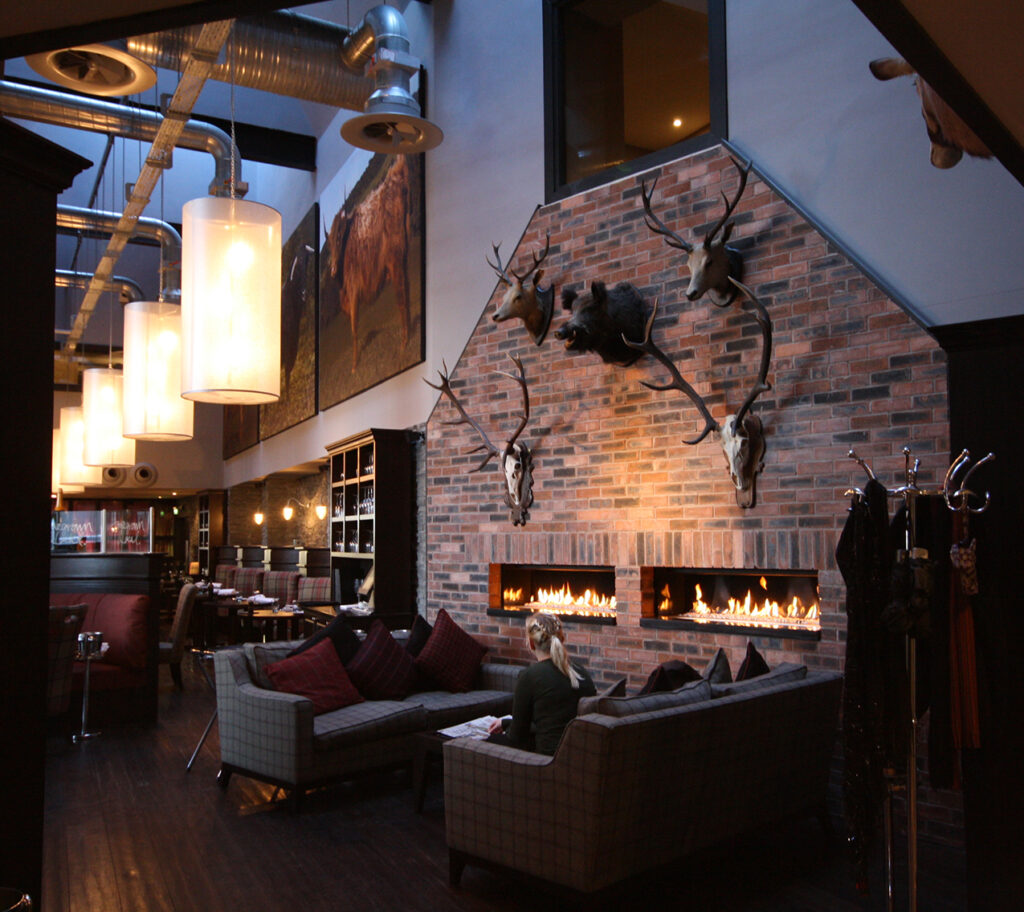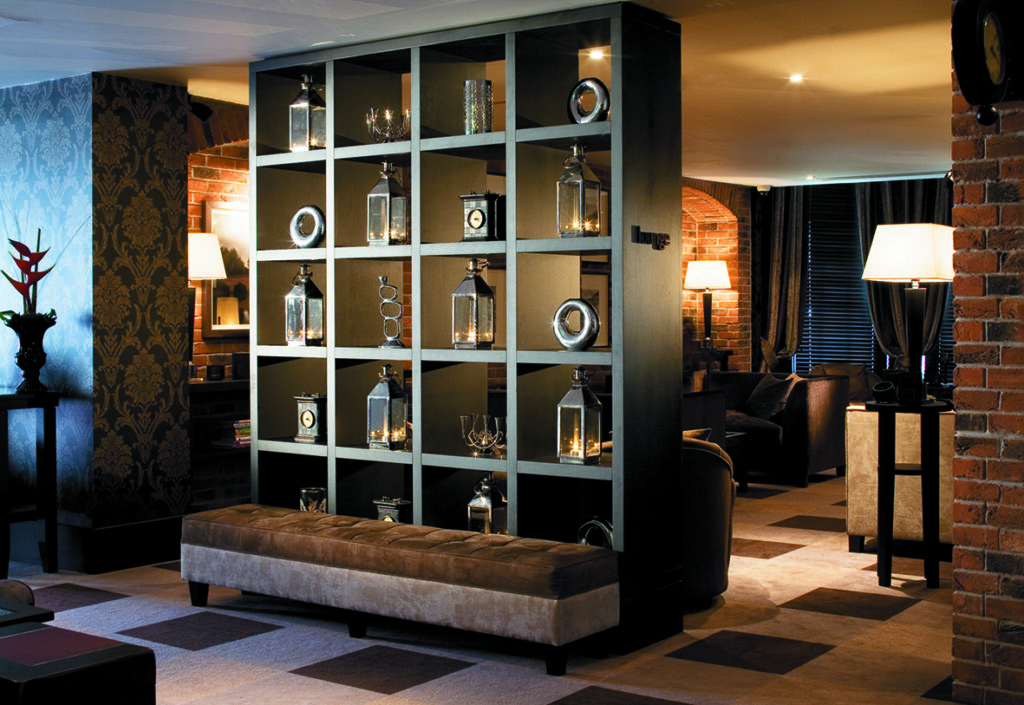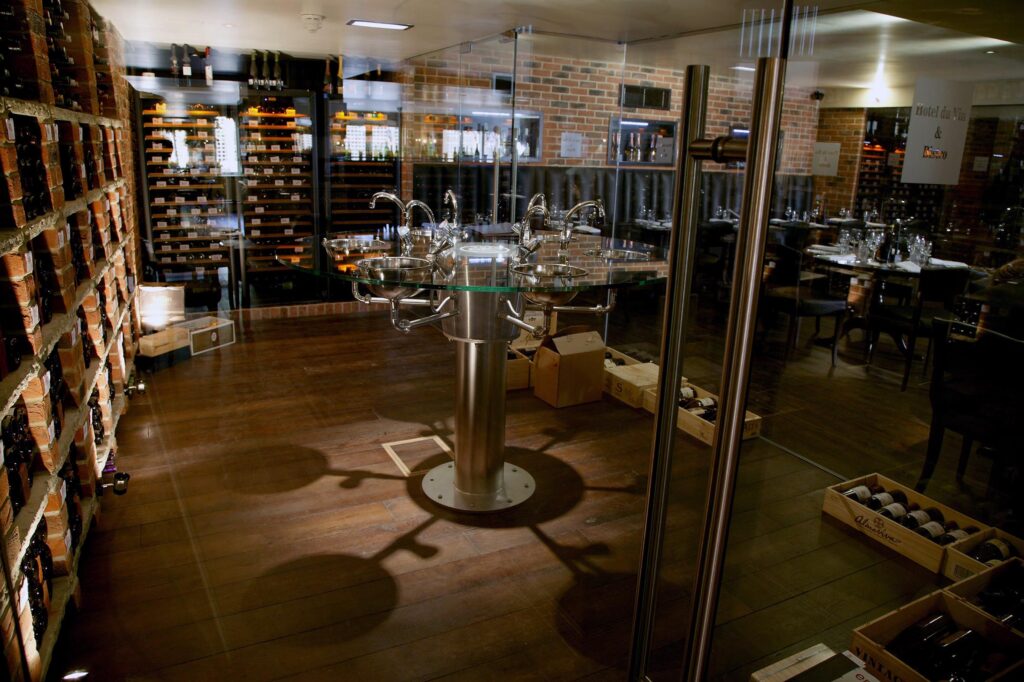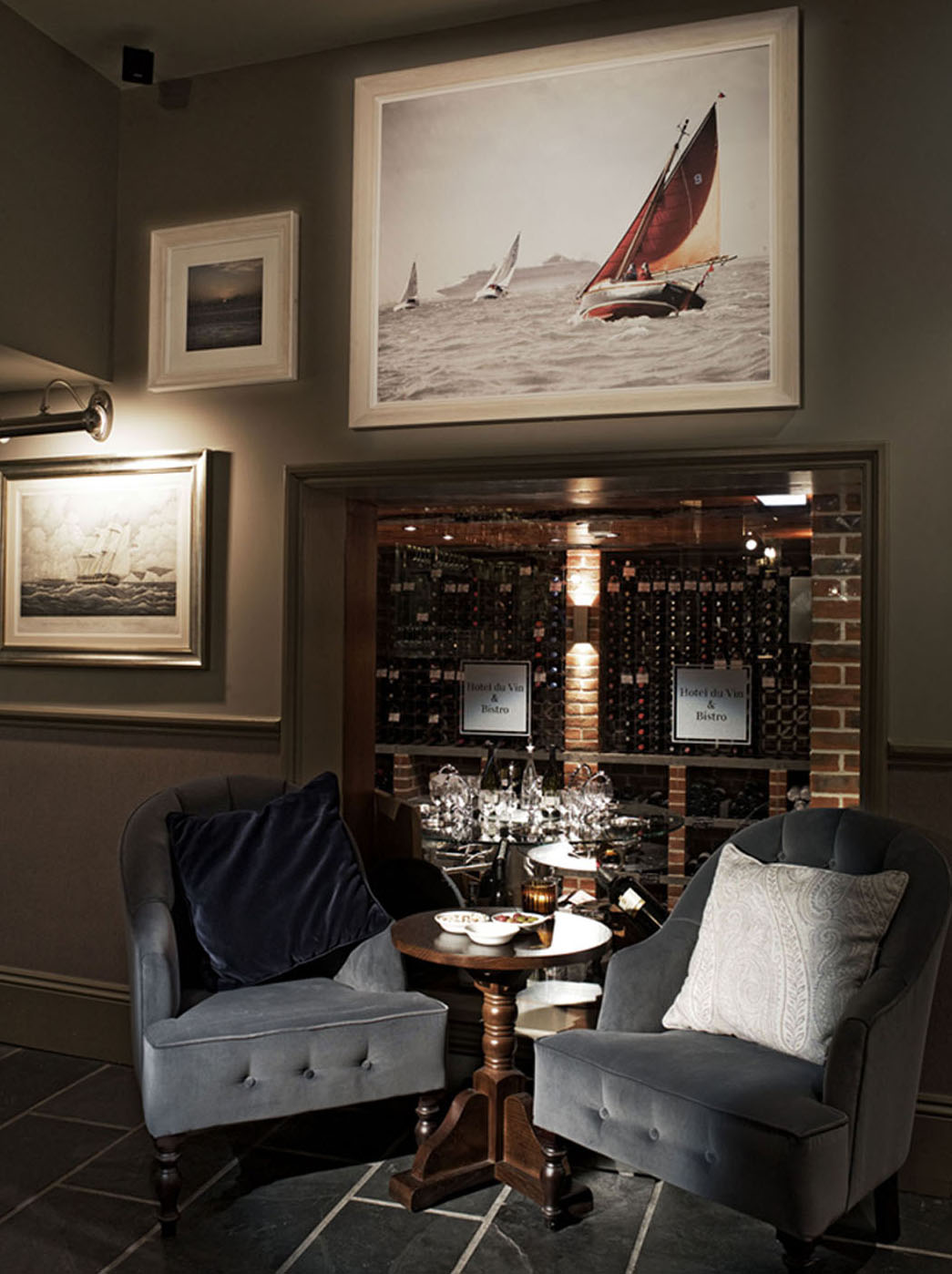When designing any accommodation—or any commercial space, for that matter—the first and most important step is understanding both your brand and your audience. Even if your brand caters to a budget or business market, that doesn’t mean you can’t showcase your personality through design. A hotel, at its core, is a sanctuary, a luxury experience. It should be exciting and even a little theatrical, pushing design boundaries, as long as it remains functional for both your guests and staff.
Every brand has its own identity and target audience, and to create an interior that is both functional and memorable, it’s crucial to first understand who you are. Once that’s clear… then, we design.
Operational functionality
For any business to thrive, it must serve both guests and staff effectively. In the case of hotels (and any form of paid accommodation), it’s easy to get too carried away with aesthetics, making the design complex or challenging to navigate. Event spaces with impractical finishes, service areas too distant from restaurants, or bedroom controls that require an IT degree to operate can all frustrate guests and undermine their experience.
When envisioning your design, always think from the perspective of a first-time guest. Can they easily navigate the space? Can staff operate seamlessly to enhance the guest experience? Ultimately, it’s about making the guest feel comfortable and at ease from start to finish.
Location connection
A hotel’s location can be one of its most defining features. Even within branded hotels, it’s important to infuse local culture, history, and aesthetics into the space, whether through art, design, or food and beverage offerings. Guests should feel a strong connection to the destination, wherever they are. This doesn’t take away from the consistency of providing familiar amenities worldwide—it simply enhances the experience by celebrating the uniqueness of the location. Operational consistency is essential; local style is what makes a stay memorable.

The guest experience
Investing in features that surprise and delight your guests will create lasting impressions. Whether it’s a striking design element in the lobby or a bedroom that instantly helps guests unwind, thoughtful touches can elevate the experience. Consider a well-curated feature bar, a mix of seating options, luxurious bedding, and high-quality toiletries. In fact, I worked for a UK hotel brand where the most frequent guest inquiry was about purchasing the same bed they slept on! These seemingly small details can make a huge difference in how guests perceive their stay. Of course, great service is the foundation of it all—design and service must always go hand-in-hand.
The little touches
Small details can significantly enhance the guest experience. Perhaps a pantry on each floor where guests can enjoy a hot coffee or personalise their mini-bar. Maybe a quiet, stylish library or work area where business travellers can retreat for focused work while enjoying a drink. There are endless opportunities to add thoughtful touches that not only increase revenue but also make a guest’s stay more enjoyable, ensuring rave reviews and repeat visits.


Diversity in design
Offering a variety of room types is essential to accommodating different guest needs. Family rooms, connecting rooms, and accessible rooms are all important considerations. In the past, these types of rooms may have been an afterthought, but with creative design, they can become valuable assets for the hotel, rather than just the last rooms to sell. Thoughtful design in all room types ensures you cater to a broader audience and elevate your bedroom stock, making everyone feel welcome.
To wrap up, successful accommodation design hinges on understanding your brand identity, audience, and the balance between aesthetics and functionality. Whether catering to a budget- conscious market or a luxury segment, the key lies in creating a memorable and seamless guest experience. A strong connection to the location, thoughtful operational design, and attention to the smallest details can all transform a simple stay into an exceptional one. By offering diverse room types and incorporating local culture, you can ensure that every guest feels valued and comfortable.
Ultimately, the most memorable accommodations are those that combine practical considerations with design that delights, creating a space where guests feel at home and eager to return.
Looking for more tips to elevate the offerings in venue? Get in touch with Steph:
Steph Briggs
Steph Briggs Design
T: 0405 844 700
stephbriggs.com

